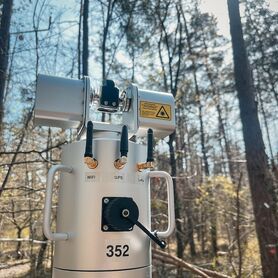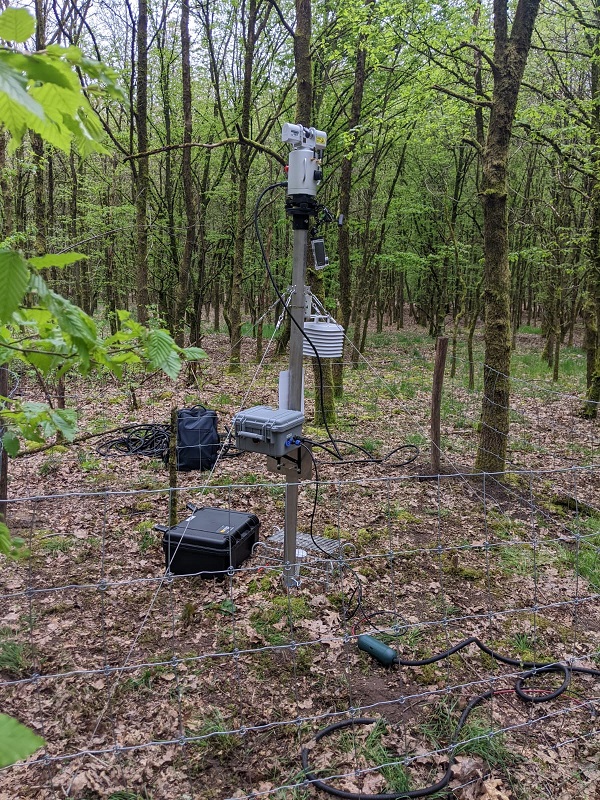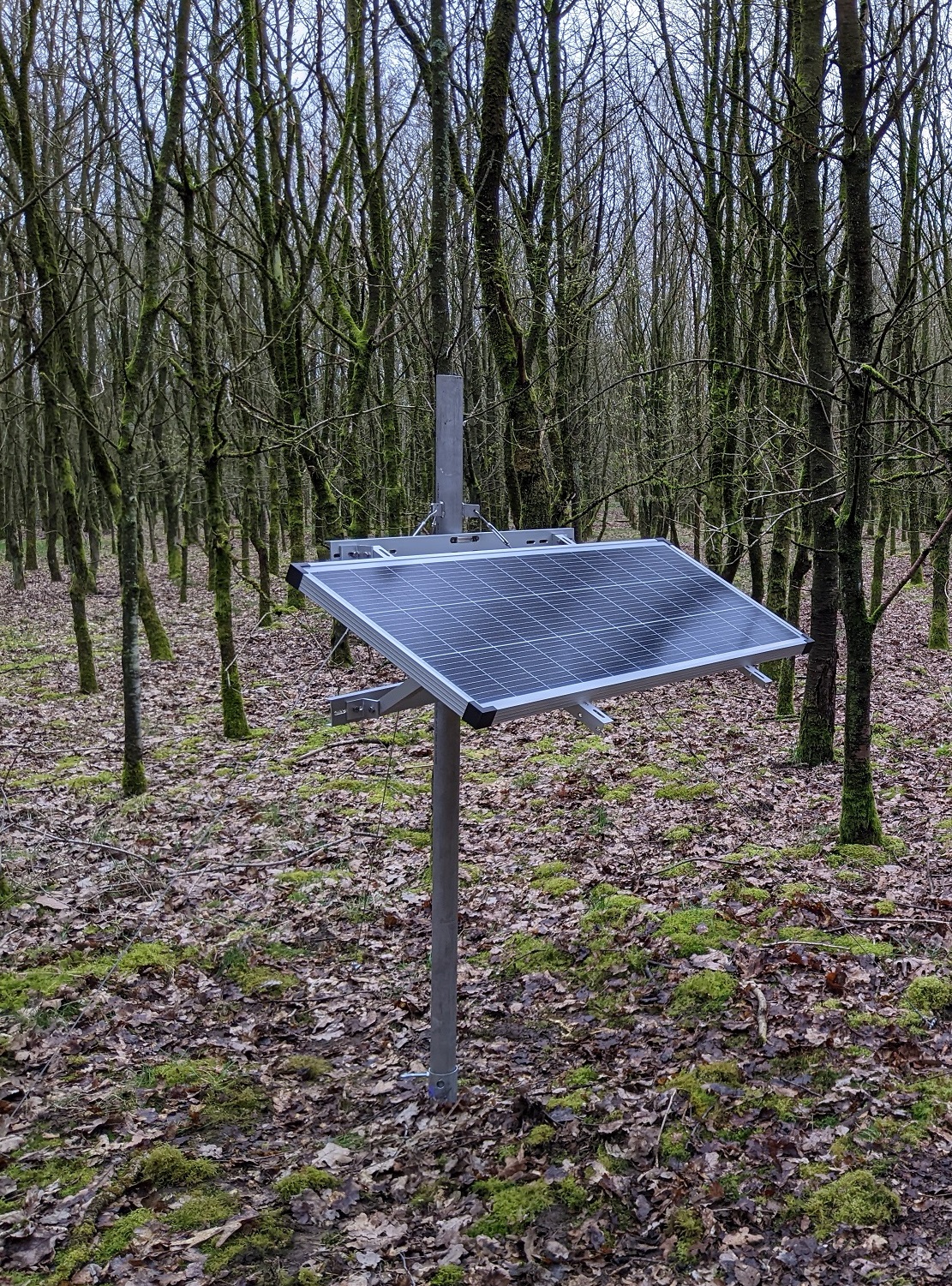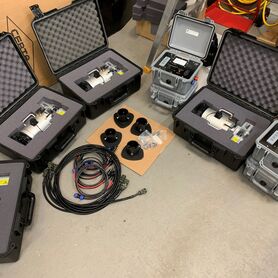News
StrucNet tracks fluxes in the Black Forest and Rhine valley
Between the towering canopies of the Black Forest and the broad, sunlit plains of the Upper Rhine Valley, six new LEAF sensors have been quietly deployed at two intensively instrumented flux tower sites. Installed by the geosense team at the University of Freiburg (https://geosense.uni-freiburg.de/), these sensors expand a growing network dedicated to capturing the dynamic pulse of our ecosystems.
Firmly mounted and supported by dedicated local power infrastructure, the LEAF sensors deliver high-resolution structural scans—both temporally and spatially—day in, day out. This robust setup ensures consistent, high-frequency monitoring and creates exciting opportunities to generate novel insights when combined with data from co-located environmental instruments.
The dense sensor networks at both sites serve as an ideal testbed for exploring ecosystem function and forest dynamics, offering new perspectives on resilience and resistance under changing environmental conditions. These ground-based observations are further enhanced by regular drone-based LiDAR acquisitions, building a uniquely detailed dataset to investigate structural forest changes over time.
The geosense team is proud to contribute to this collaborative effort and excited to be an active part of the StrucNet community.

Alpine Watch
Amongst the autumnal wonder in the alpine valleys around Berchtesgaden, researchers from Freising (Germany) and Ghent (Belgium) met to install the newest batch of LEAF sensors. Perched on tripods held firmly by steel cables fastened to the rocky subsurface, these silent sentinels are programmed to wake up and quietly scan the surroundings five times daily in various configurations. Not far from them, at a distance of 20 metres, 120-watt bifacial solar panels capture the energy from the sun trickling down through the canopy to provide power to keep the sensors running, day in and day out. Solar cables run across the ground to complete the connections. They are housed in corrugated tubes to protect them from curious fauna! The brain running the operations—the power box—is suspended right below the sensor, held in a metal basket tied to the tripod legs with metal wires. The setup is now relaying insights from the alpine surroundings!
The Net grows...
Continuous monitoring in Belgian forests
In Bosland, a forested region in northern Belgium, four LEAF sensors have recently been deployed across two ecologically distinct sites. Two sensors are positioned in a mixed-species stand, while the other two monitor a broadleaf-dominated area—together capturing structural variation across contrasting forest types.
The sensors are mounted on vertical stainless steel poles, stabilised with support cables to ensure structural integrity under field conditions. Each system operates off-grid using nearby solar panels, with power lines housed in protective tubing to guard against environmental exposure and interference from wildlife.
Complementary instruments at each installation measure temperature and relative humidity, allowing researchers to link structural data with local microclimatic conditions. All electronics are securely enclosed and supported integrated directly into the mounting structure. The setup has been protected with an enclosure to keep curious fauna—and humans—at a safe distance.
With this deployment, Bosland contributes fine-scale, high-frequency forest structure data to the wider StrucNet network—supporting efforts to monitor ecosystem dynamics in temperate European woodlands.



LEAF sensors arriving soon in Bosland National Park
The researchers at the QForest Lab at UGent, Belgium, have eagerly awaited the first batch of the LEAF sensors. After final pre-shipping checks, the first four sensors were shipped from Melbourne, Australia, just in time for the user in Easter!
With Spring around the corner, it is a race against time to install the sensors to capture and quantify the first seasonal changes as seen through their eyes. The groundwork has been done over the winter to ensure all supporting structures are on the sites. In the coming weeks, sensor configuration at the lab will be followed by benchmarking tests against the Riegl VZ series terrestrial laser scanners.
